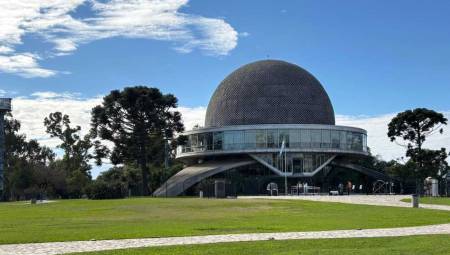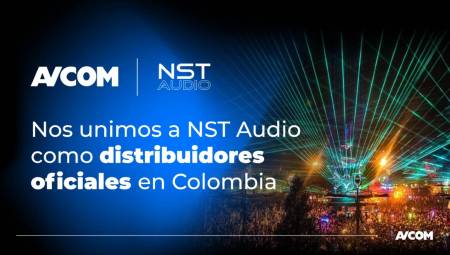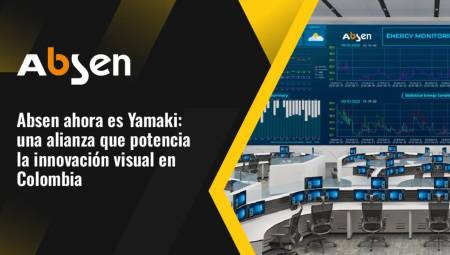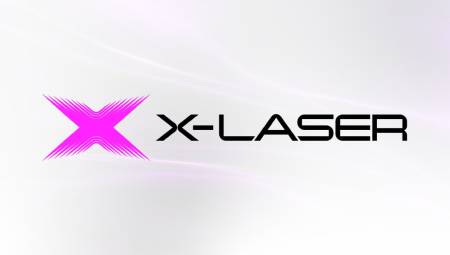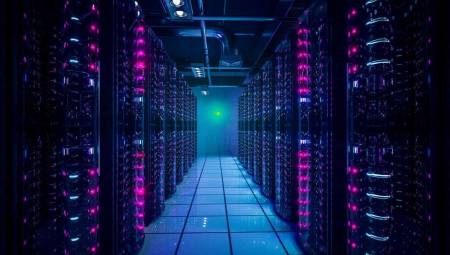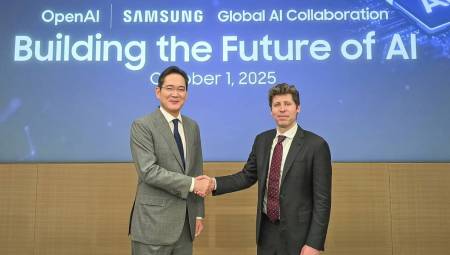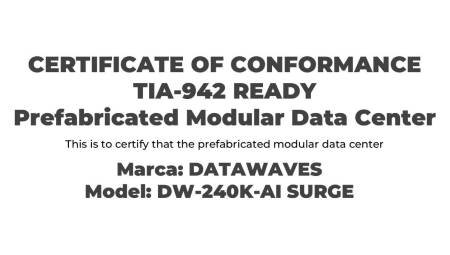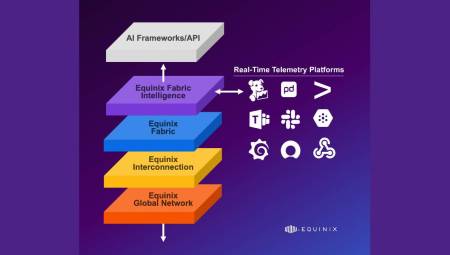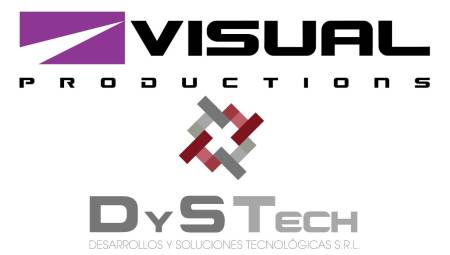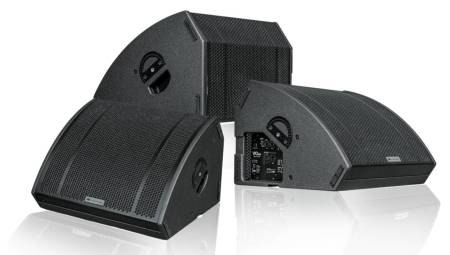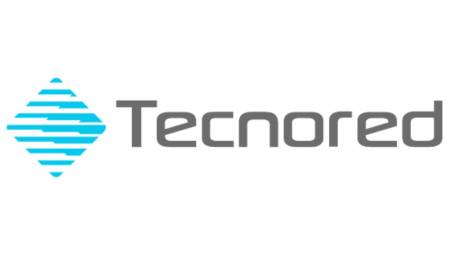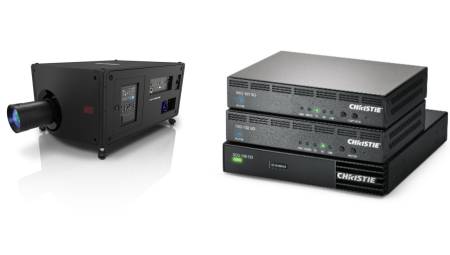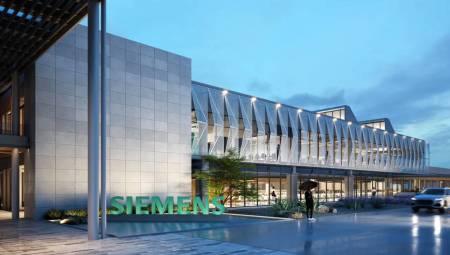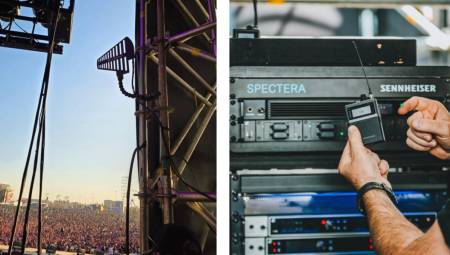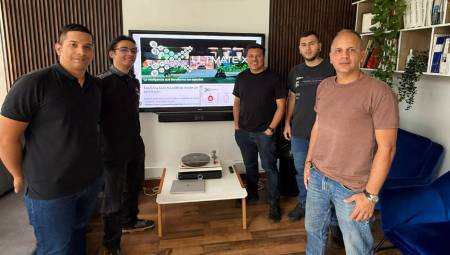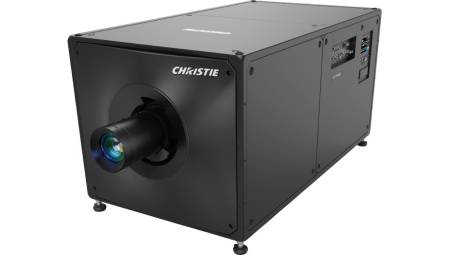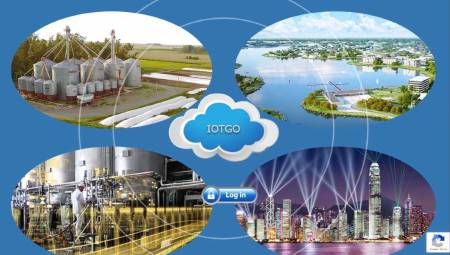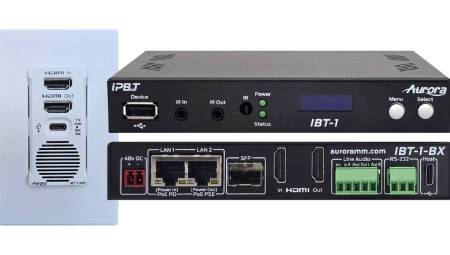 Mexico. The Software-Defined Data Center (SDDC) model emerged as an alternative in different areas due to the speed at which the corporate IT market has advanced, mainly with respect to networking, storage or even the data center itself.
Mexico. The Software-Defined Data Center (SDDC) model emerged as an alternative in different areas due to the speed at which the corporate IT market has advanced, mainly with respect to networking, storage or even the data center itself.
Among the points that made the model a real necessity for companies is the factor of being able to achieve high levels of efficiency, adding performance, safety and productivity, by offering itself as an outstanding technology solution.
The prerogative of this new technology is distinguished from the old hardware-based architectures by the facilities it managed to bring, mainly that of a more facilitated administration and automation that houses all the applications of the organization. This is not just a trend. Inclusion in the model is growing.
According to Gartner, the technology will be considered in 2020, a requirement for 75% of companies worldwide that are involved in DevOps implementation processes and the Hybrid Cloud model. Often used as a synonym for virtualization, the model can be defined with a set of technologies of which virtualization is one of the faces.
That's why Comstor, one of the leading wholesalers of Cisco technology, published a list of the four advantages of the Software-Defined Data Center model:
1.- Virtualization: facilitated administration.
With Software-defined Data Center technology, your entire infrastructure is virtual and your operations are delivered as if they were a service, which promotes sustainability and business agility. That is because the model applies the principles of abstraction to offer a Data Center structure entirely in software, separating the provision of services from the infrastructure.
Thus, in the SDDC model, control of all resources, such as CPU, memory, storage, and data network, as well as security and availability requirements, are managed by policy-based software, which makes SDDC hardware independent.
Virtualization brings, therefore, more agility in daily operations, guarantee of compatibility, complete integration and the possibility of investing less in physical infrastructure, which translates into economy of space and energy.
2.- Automation and flexibility.
Another great advantage of the model is the possibility of increasing the level of automation of the environment and giving more flexibility to the choices and to the attention of the demand of the businesses. Technology, when based on defined routine automation policies, such as provisioning, localization, configuration, and control, significantly reduces some of the human mediation.
With that vision, the configuration and management of all data center services becomes less complex. Another positive consequence is the reduction in the time needed to bring IT applications and services to market.
3.- Hybrid Cloud Platform.
In recent years, vendors have worked to create standalone Public Cloud offerings developed with SDDC technology based on virtualization products.
By integrating a Private Cloud into a public cloud developed with SDDC, the Data Center is configured as a true Hybrid Cloud platform with a scope of environments inside or outside, in addition to a shared model of management, orchestration, networking and security. Therefore, one of the greatest advantages of the Software-Defined Data Center is that there is no need for specialized hardware.
4.- Security.
Another benefit of SDDC that was unintentionally discovered by companies is the safety factor. This is because the SDDC can be seen as a tool by the IT team, since the micro segmentation of the Data Center helps to limit vulnerability, attacks and invasions.














































